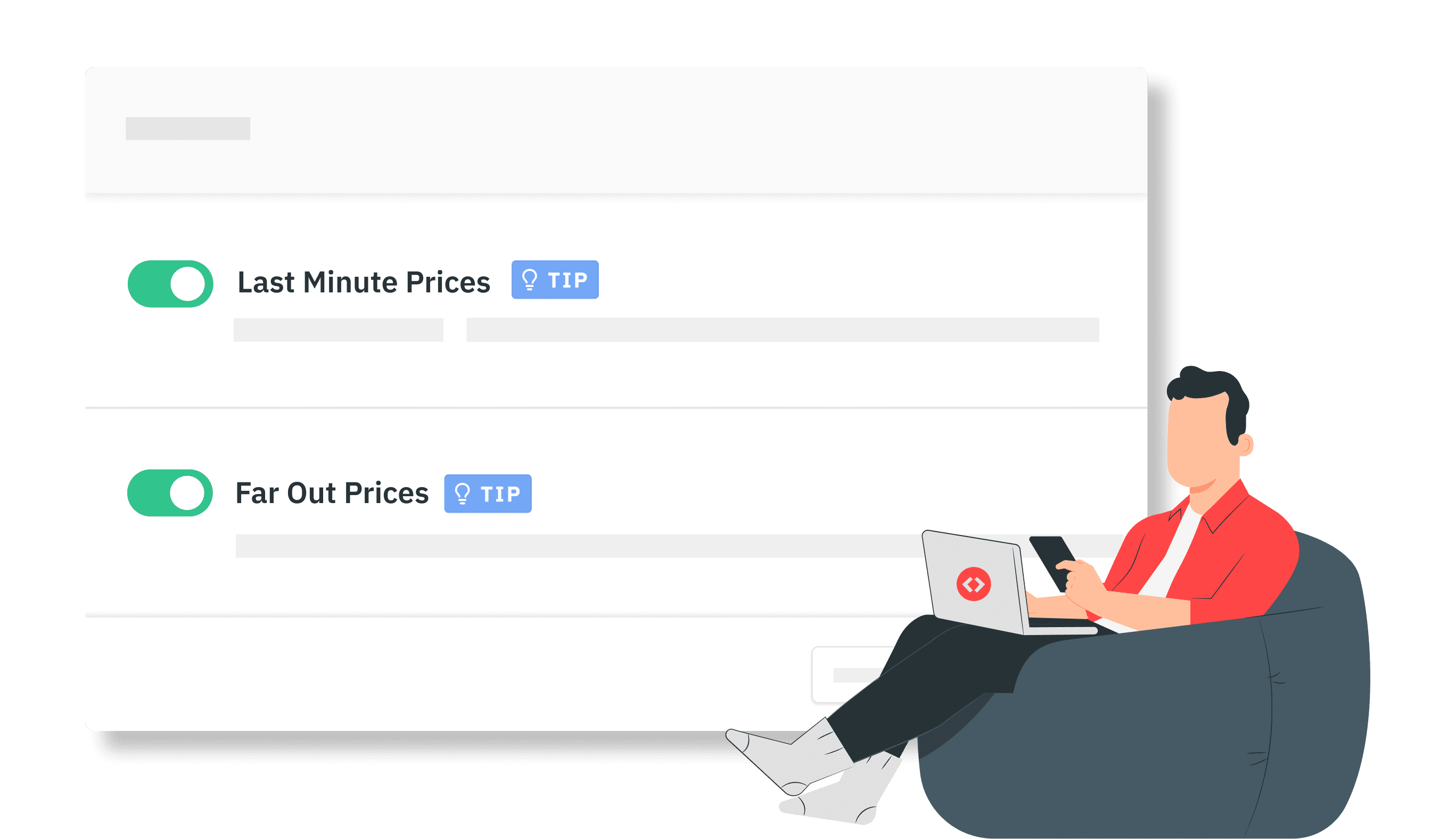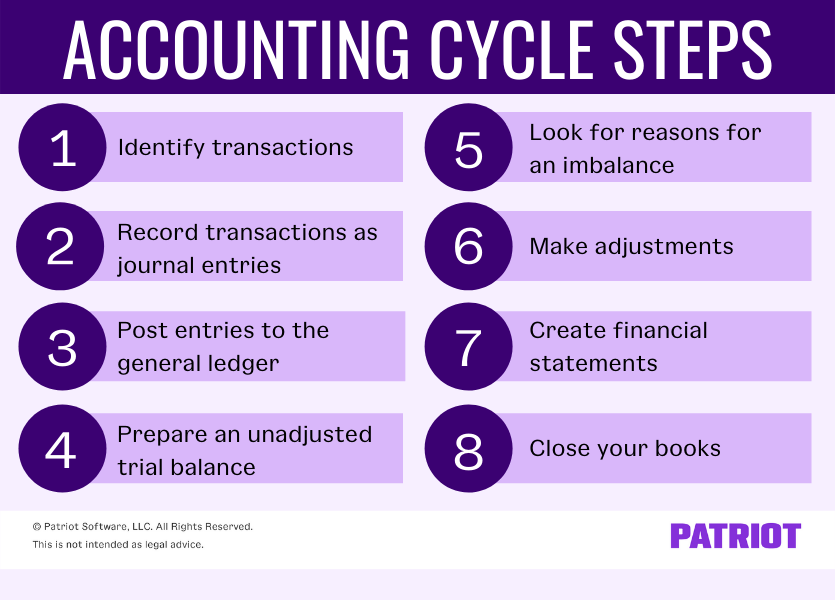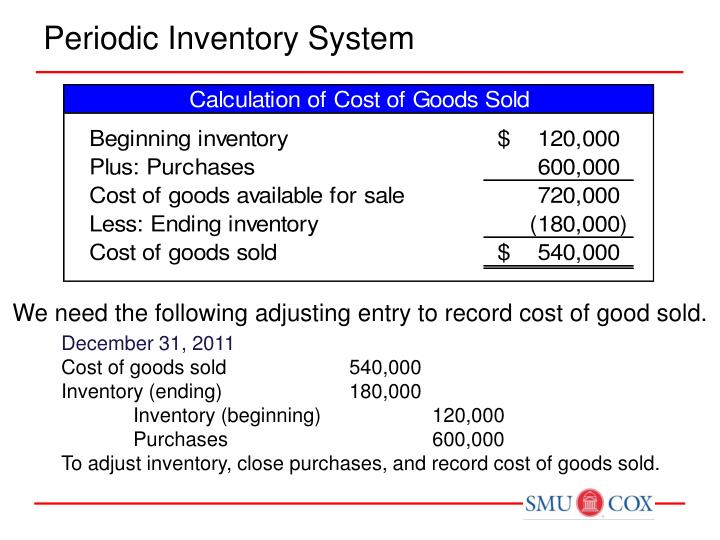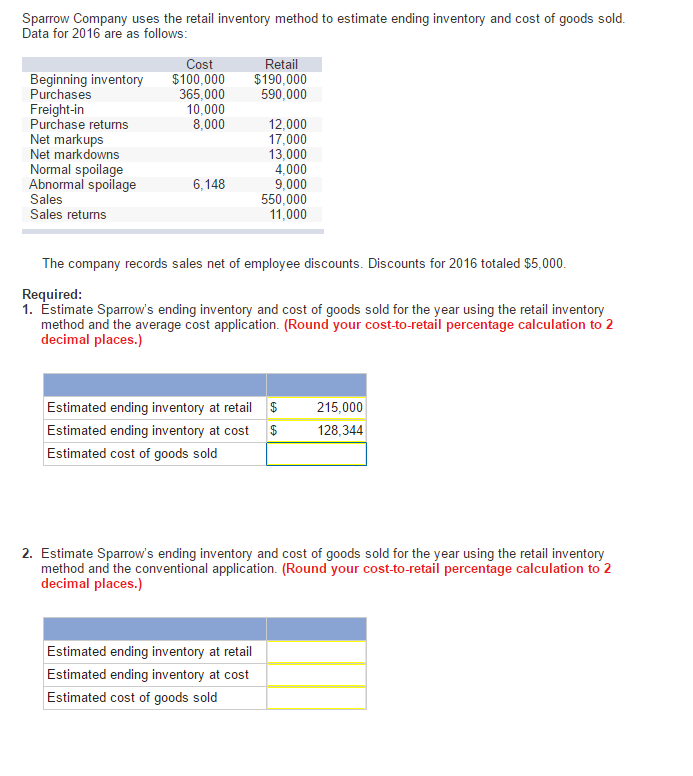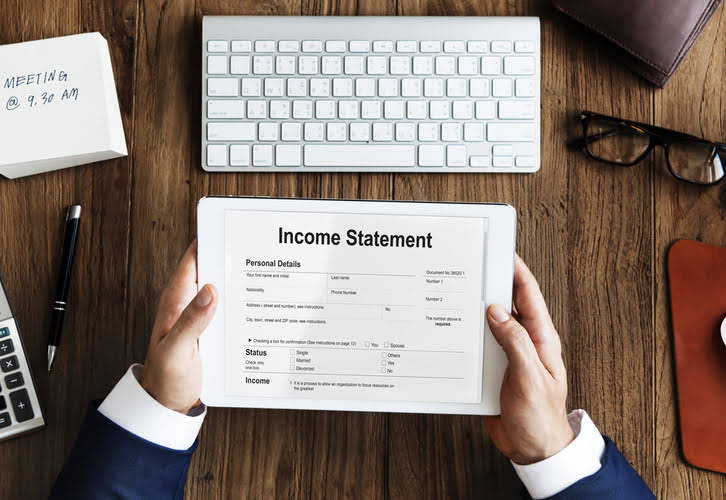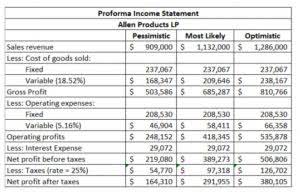Direct labor rate variance is very similar in concept to direct material price variance. The actual hours used can differ from the standard hours because of improved efficiencies in production, carelessness or inefficiencies in production, or poor estimation when creating the standard usage. The most common causes of labor variances are changes in employee skills, supervision, production methods capabilities and tools. An example is when a highly paid worker performs a low-level task, which influences labor efficiency variance. As mentioned earlier, the cause of one variance might influence another variance. For example, many of the explanations shown in Figure 10.7 ”Possible Causes of Direct Labor Variances for Jerry’s Ice Cream” might also apply to the favorable materials quantity variance.
Get in Touch With a Financial Advisor
A common reason of unfavorable labor rate variance is an inappropriate/inefficient use of direct labor workers by production supervisors. Jerry (president and owner), Tom (sales manager), Lynn (production manager), and Michelle (treasurer and controller) were at the meeting described at the opening of this chapter. Michelle was asked to find out why direct labor and direct materials costs were higher than budgeted, even after factoring in the 5 percent increase in sales over the initial budget.
- As a result of these cost cuts, United was able to emerge from bankruptcy in 2006.
- In this case, the actual hours worked are \(0.05\) per box, the standard hours are \(0.10\) per box, and the standard rate per hour is \(\$8.00\).
- In this case, the actual hours worked are 0.05 per box, the standard hours are 0.10 per box, and the standard rate per hour is $8.00.
- If, on the other hand, less experienced workers are assigned the complex tasks that require higher level of expertise, a favorable labor rate variance may occur.
- When low skilled workers are recruited at a lower wage rate, the direct labor rate variance will be favorable however, such workers will likely be inefficient and will generate a poor direct labor efficiency variance.
Ask Any Financial Question
Watch this video presenting an instructor walking through the steps involved in calculating direct labor variances to learn more. Hence, variance arises due to the difference between actual time worked and the total hours that should have been worked. Since the actual labor rate is lower than the standard rate, the variance is positive and thus favorable.
Create a Free Account and Ask Any Financial Question
A positive value of direct labor rate variance is achieved when standard direct labor rate exceeds actual direct labor rate. Thus positive values of direct labor rate variance as calculated above, are favorable and negative values are unfavorable. Usually, direct labor rate variance does not occur due to change in labor rates because they are normally pretty easy to predict.
Doctors know the standard and try to schedule accordingly so a variance does not exist. If anything, they try to produce a favorable variance by seeing more patients in a quicker time frame to maximize their compensation potential. A direct labor variance is caused by differences in either wage rates or hours worked. As with direct materials variances, you can use either formulas or a diagram to compute direct labor variances. In this example, the Hitech company has an unfavorable labor rate variance of $90 because it has paid a higher hourly rate ($7.95) than the standard hourly rate ($7.80).
The total of both variances equals the total direct labor variance. All tasks do not require equally skilled workers; some tasks are more complicated and require more experienced workers than others. This general fact should be kept in mind while assigning tasks to available work force. If the tasks that are not so complicated are assigned to very experienced workers, an unfavorable labor rate variance may be the result.
Each bottle has a standard labor cost of 1.5 hours at $35.00 per hour. However, a positive value of direct labor rate variance may not always be good. When low skilled workers are which of the following is the formula to compute the direct labor rate variance recruited at a lower wage rate, the direct labor rate variance will be favorable however, such workers will likely be inefficient and will generate a poor direct labor efficiency variance. Direct labor rate variance must be analyzed in combination with direct labor efficiency variance.
11 Financial’s website is limited to the dissemination of general information pertaining to its advisory services, together with access to additional investment-related information, publications, and links. Finance Strategists has an advertising relationship with some of the companies included on this website. We may earn a commission when you click on a link or make a purchase through the links on our site.
An unfavorable outcome means you paid workers more than anticipated. With either of these formulas, the actual rate per hour refers to the actual rate of pay for workers to create one unit of product. The standard rate per hour is the expected rate of pay for workers to create one unit of product. The actual hours worked are the actual number of hours worked to create one unit of product. If there is no difference between the standard rate and the actual rate, the outcome will be zero, and no variance exists. In this case, two elements are contributing to the unfavorable outcome.

